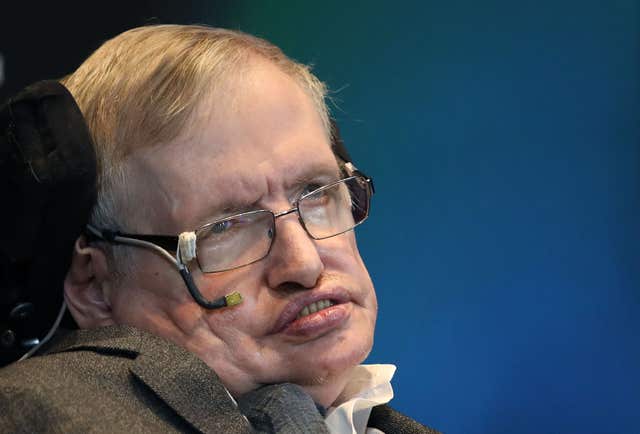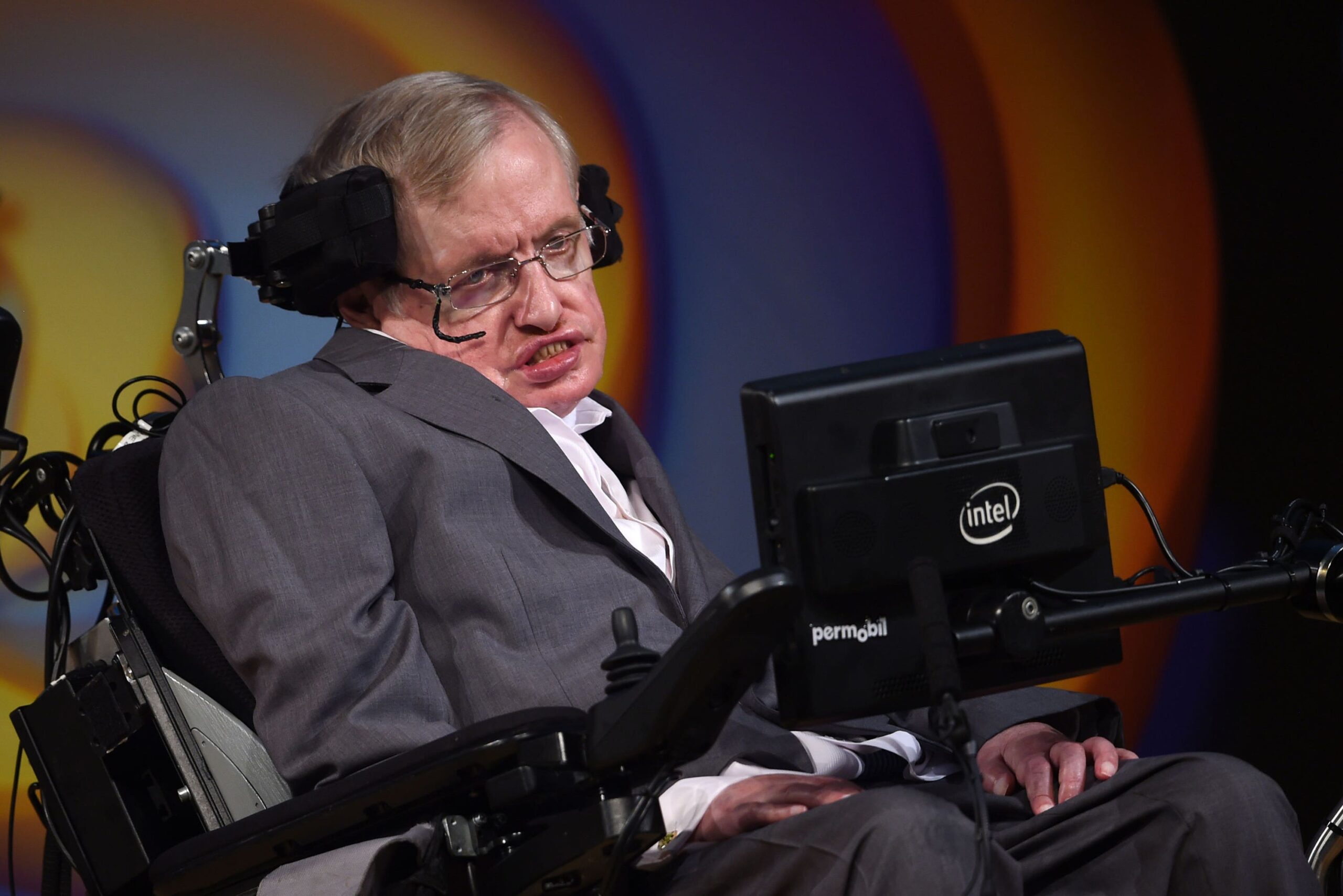Back in 2018 Stephen Hawking died at the age of 76 , after being diagnosed with a form of motor neurone disease in 1964 at the age of 22 – and given just a few years to live.
One of the world’s most acclaimed cosmologists and scientists of the modern age, Hawking completely defied the odds given to most patients suffering from the degenerative muscle wasting disease, living over half a century more than doctors predicted.
Despite being wheelchair-bound, almost completely paralysed and unable to speak except through a voice synthesiser, the professor wrote a plethora of scientific papers, most famously about black holes and quantum gravity, wrote the bestselling pop-science book A Brief History Of Time, and travelled the world giving lectures.
What is amyotrophic lateral sclerosis?
During his last year studying at Oxford University, Hawking became clumsy, would occasionally slur his words and could fall over for no apparent reason. He went for tests and at 22 – having become a graduate at Cambridge University – was diagnosed with amyotrophic lateral sclerosis (ALS), the most common type of motor neurone disease. In the UK MND is used as the umbrella term, while in the US it’s ALS.
The complex condition affects around 5,000 people in the UK and currently, there’s no cure. It’s fatal, usually progressing rapidly and, according to the Motor Neurone Disease Association, kills a third of people within a year, and more than half within two years of diagnosis.
ALS involves both the upper and lower motor neurons and is characterised by weakness and wasting in the limbs. There are three rarer types of the disease which affect the neurons differently.

The association say there’s no apparent family history of the disease in most cases, and it’s thought to occur due to genetic and environmental factors.
At the time, his diagnosis plunged Hawking into deep despair, but later went on to meet his first wife, Jane Wilde, have three children, and throw himself into his work.
What is it like to live with the condition?
Early symptoms include clumsiness, mild weakness and slightly slurred speech, but there’s no test to prove a patient has ALS, usually other conditions are just ruled out.
The condition affects the nerves in the brain and spinal cord that control how muscles work. Muscles gradually stop receiving messages from the brain, which leads to muscle weakness, stiffening and wastage.
The muscles first affected tend to be those in the hands, feet and mouth, so it can affect how people talk, swallow and eventually breathe. Some patients are given nutritional supplements or a feeding tube if swallowing is affected, because weight loss can occur.
Some also experience twitching and rippling sensations under the skin and sudden, painful muscle cramps.
Exercise can assist with flexibility and the range of movement in the joints, as well as maintain unaffected muscles and help posture and balance.
Up to half of people notice cognitive changes too – a few go on to develop Frontotemporal Dementia, which is more severe.
Senses like taste, sight and touch aren’t generally affected, and neither is the bowel or sexual function.
Was Hawking an anomaly?

The MND Association states that the condition affects everyone differently – not all symptoms will affect every individual and symptoms progress at varying speeds.
The average life expectancy for someone with ALS is between two to five years, so yes, Hawking really did defy the odds to live with the condition for 54 years. It’s actually much more likely to affect people over the age of 55, and he deteriorated at a much slower rate than doctors first predicted.
Sally Light, chief executive of the MND Association, said: “All of us at the MND Association have been extremely saddened by the news of Professor Hawking’s passing.
“Through so many years in the public eye he did a huge amount to raise awareness of motor neurone disease, yet he never allowed himself to be defined by his illness.
“His approach to life with MND is an example to all of us.”





